He gave me a PWM z Alliexpres regulator, max 60V i 20A
Since the early days of the development of electricity and electronics, there has been a need to build regulators to smoothly influence the power dissipated in a load. The first regulators, built as linear regulators, introduced huge losses on the regulating element and, while they worked relatively well for low-power devices (e.g. the speed controller of a tape-shift motor in tape recorders), this was already problematic for medium and high power. This was due to the operation of the power elements in the linear range, much less loss was provided by operation as a key (i.e. open or fully closed with the transient omitted). By controlling the ratio of open to closed time accordingly, it was possible to regulate the power of the load in a smooth manner with minimal losses in the regulator itself. Thus was born the now widely used PWM ( Pulse-Width Modulation ) or Pulse Width Modulation. PWM has found its main application in DC circuits to control the speed (power) of DC motors, heaters or the brightness of light bulbs (traditional as well as LED). The circuit itself, which generates the signal for the actuator, can be implemented in many ways, whether in discrete technology (single transistors) or based on TTL/CMOS digital circuits or even operational amplifiers or specialised PWM controller circuits. It is also easy to implement on probably virtually any microprocessor/microcontroller. One circuit often used as a PWM controller by both amateurs and professionals is the "immortal" NE555.
The described regulator module was given to me by a colleague, who purchased several pieces to regulate the speed of the windscreen wiper motors in his car. The module is packaged in an anti-static foil bag;
.
The described regulator module was given to me by a colleague, who purchased several pieces to regulate the speed of the windscreen wiper motors in his car. The module is packaged in an anti-static foil bag;
It gives the impression of being solidly built, the housing made of aluminium profiles with steel end caps also acts as a heat sink (although not really, but more on that later).
.
As it were, "included" we get a potentiometer for adjustment together with a knob, in the photo below I have unscrewed the cap to take a look at the interior.
.
As I mentioned, the enclosure is intended to act as a heatsink and is mechanically adapted for this, however, the thermopad between the power components and the enclosure wall was missing;
.
I rather don't anticipate long operation at higher currents.... The regulator board measures 47x40mm and was made as a double-sided board.
<spanclass="notranslate"> .
.
Basically, the whole regulator consists of a dozen or so components and its main component is.... NE555 precisely! I took a moment and redrew the circuit layout from the board;



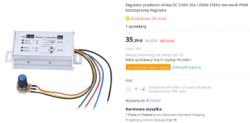

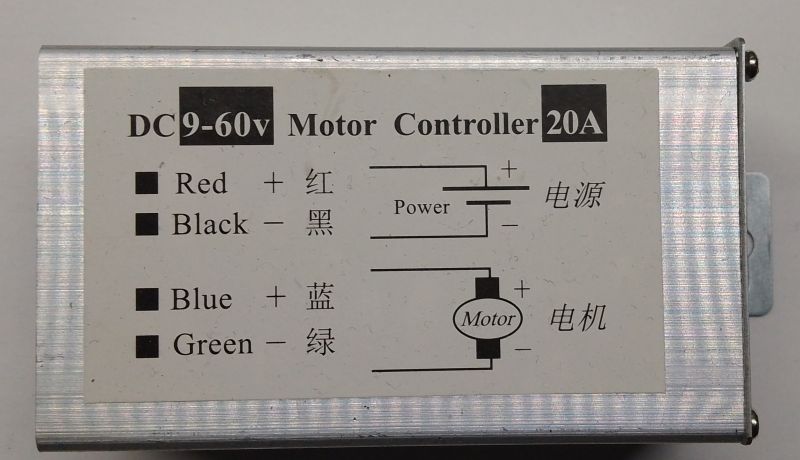
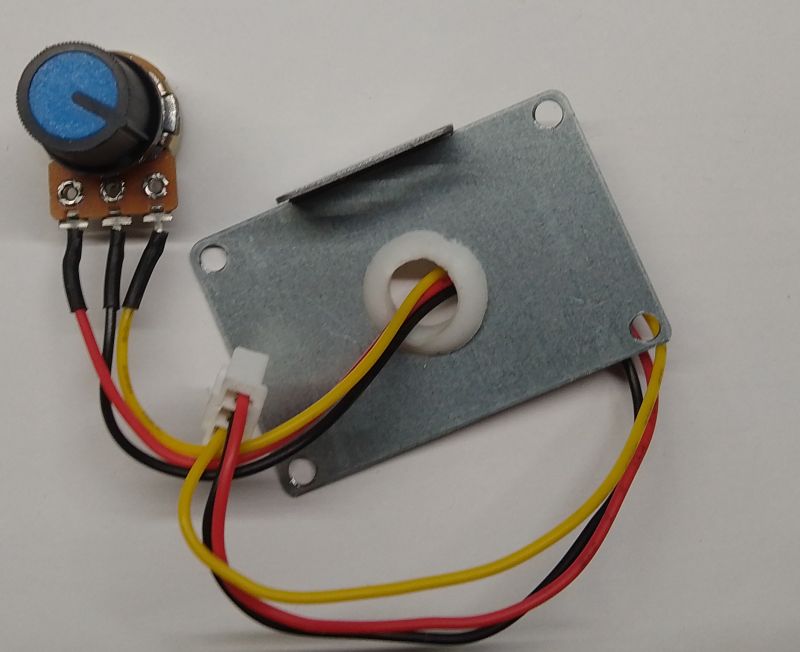
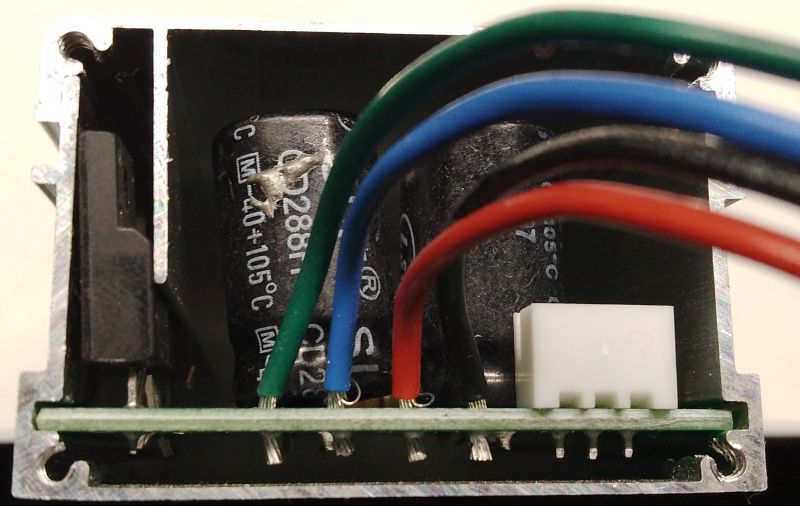
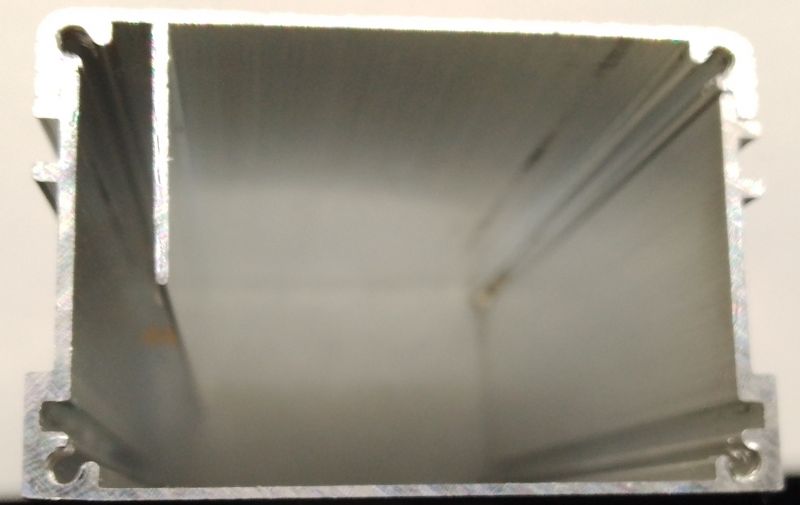
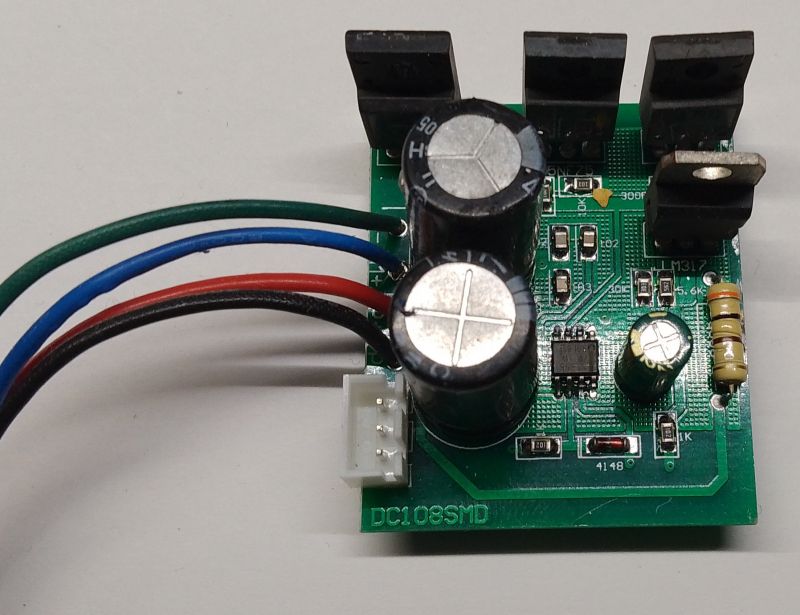
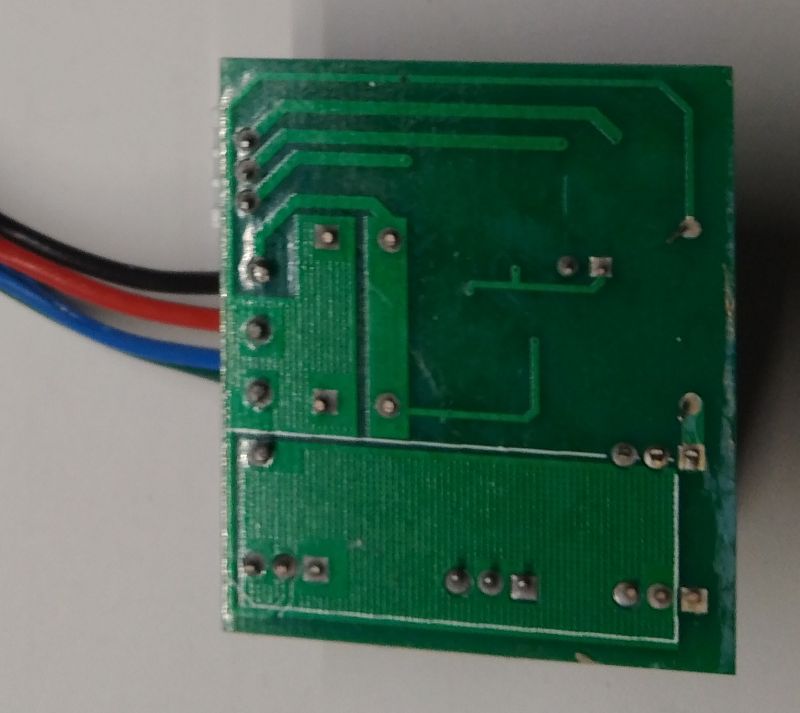
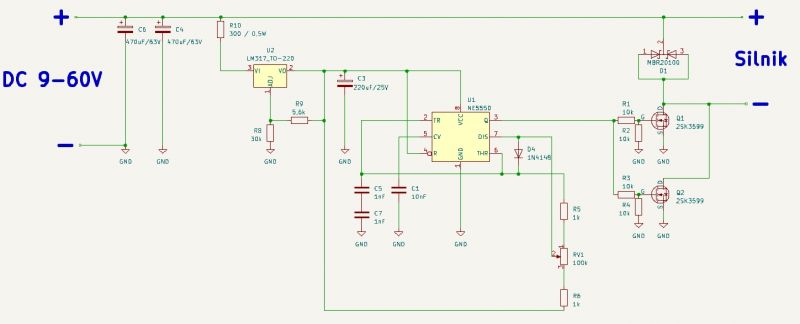
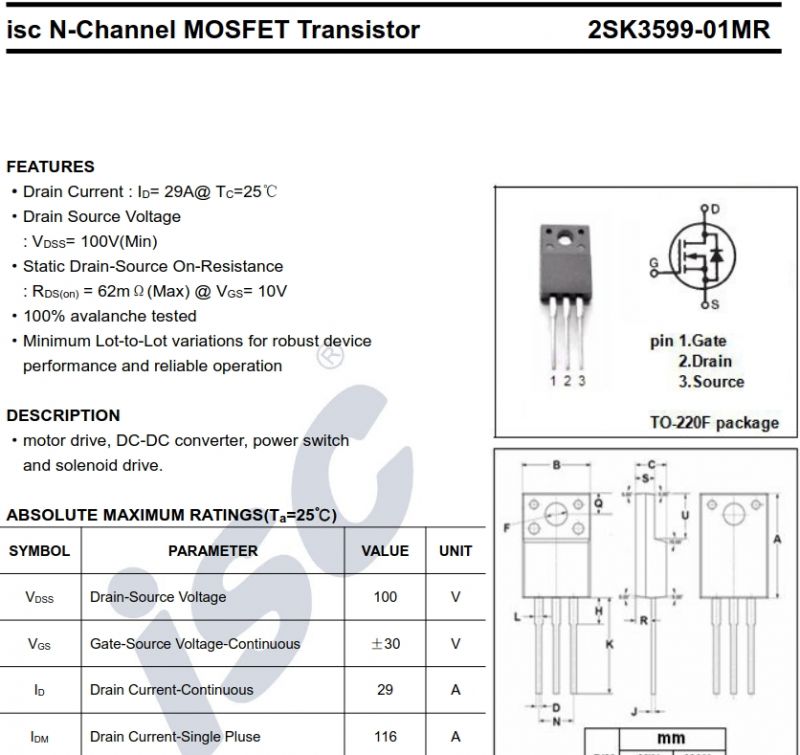


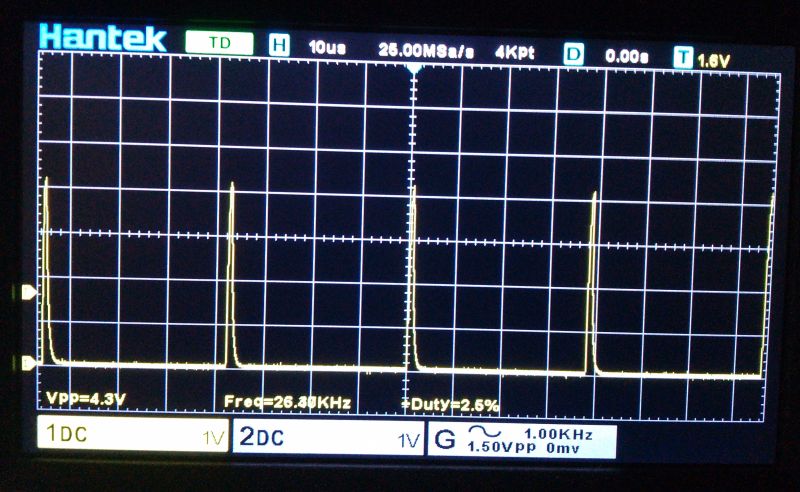

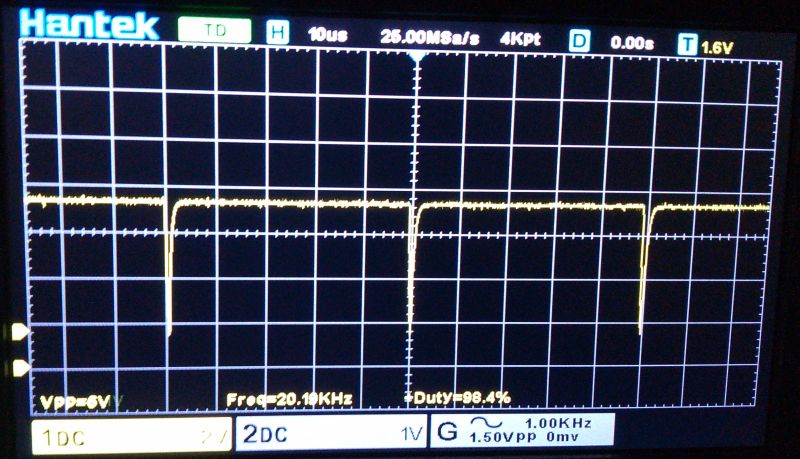
Comments
For 2SK3599 in pdf they give Vgs(th) from min. 3V .. max. 5V, so this dividers R1||R3 and R3||R4 on the gates of the mosfets from the supply voltage of 8V will make 4V!!! Maybe someone made a mistake and... [Read more]
Probably my mistake unfortunately :-( The gate resistors are marked 301 (300R) and from gate to ground 103 (10k), all elements have the values described on the PCB. Sorry for the confusion. [Read more]
The LM317 will not give the voltage in the case of a 9V supply voltage, and as it is given in the colleague's diagram. There's an error here somewhere. [Read more]
And where did I say that? Of course, but committed (or maybe not) by the Chinese designer of the regulator. NE555 works properly from ~4.5V, for this LM317 configuration, the output voltage at 9V power... [Read more]
@ArturAVS Thanks for the insert with the lack of proper pressure on the housing / heat sink, I assemble this regulator to my wife's car because the resistance switch of the airflow force refused to... [Read more]
I am looking for a PWM (24V power supply) that controls the plus and the mass of the engine is the mass of the car. I know that due to other MOSFETs it is more troublesome to design. That's why I haven't... [Read more]
Nothing could be more wrong. You just need to reverse the control logic for the P MOSFETs, e.g.; https://obrazki.elektroda.pl/1939160100_1686193997_bigthumb.jpg Or use a special driver for... [Read more]
I am looking for a ready-made module with a working voltage of 24V and a load of about 6A. And apart from one "kit"-in AVT I found nothing. Yes, I designed one myself on two 555 - with adjustable base... [Read more]
I wonder why two? I will make one adjustable for 1/10 - 1/100 Hz because I have not found a ready-made one. I thought I'd use something like this: https://obrazki.elektroda.pl/1890338600_1690218708_thumb.jpg... [Read more]
On two 555's to be able to adjust the frequency. [Read more]